The season has shifted in Nunavut. No, I’m not referring to summer (because even that is dubious). I’m referring to fieldwork.
Yepp. Over the next two months, the territory will be full of researchers seeking information for their Master’s theses, PhD dissertations, post-doc manuscripts, and academic publications.
While community-based research in the Arctic has had a controversial past, researchers in Nunavut – and elsewhere – are increasingly aware of the growing expectation of them to ensure that communities are involved in, and benefit from, research.
I know that conducting respectful community-based research in Nunavut is something that young researchers want to do, but I also know that it can be a difficult task to accomplish without a whole lot of easily accessible information.
So here are just some (because there are many) dos and don’ts of conducting community-based research in Nunavut.
Do: Your Homework
Before you even get started, you can rest assured that there are some great foundational documents that will quickly get you on the right track:
“Negotiating Research Relationships with Inuit Communities: A guide for researchers”
Inuit Tapiriit Kanatami and Nunavut Research Institute (2007)
This could be the be-all-end-all guide to conducting community-based research in Inuit Nunagat. Edited by long-term Nunavut researchers, Scot Nickels, Jamal Shirley, and Gita Laidler, this guide outlines community perceptions of research, including the historical lessons we have learned (read: what not to do), the advantages of involving communities in research, and how to meaningfully engage with community members at the local level.
“Working with Northern Communities to Build Collaborative Research Partnerships: Perspectives from Early Career Researchers”
J.M.E. Tondu, A.M. Balasubramaniam, L. Chavarie, N. Gantner, J.A. Knopp, J.F. Provencher, P.B.Y. Wong, and D. Simmons (2014)
Similar to the guide mentioned above, this manuscript offers practical advice for conducting research in northern communities. The paper outlines some methods for facilitating relationship-building in northern communities. The neat part? Its content is based on a breakout session that took place between young researchers at the seminal International Polar Year conference.
So if you haven’t already, read them. Like, yesterday.
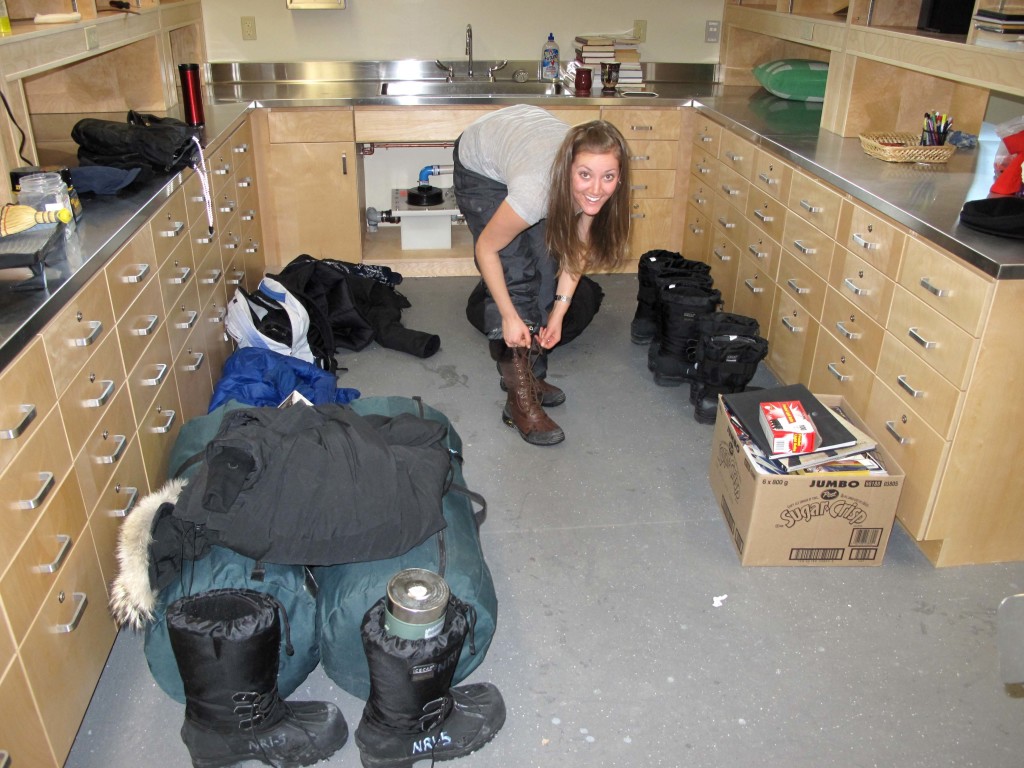
Gearing up for a trip to the floe edge with local hunters to learn about sea ice conditions first-hand. Photo by Graham McDowell.
Don’t: Aim Only to Fill a Research Gap
Just because it hasn’t been researched doesn’t necessarily mean it has to be researched. Not sure how to identify what is a research priority? Get in touch with the Government of Nunavut (search the staff directory), Nunavut Tunngavik Inc. (read the staff listing), Nunavut Wildlife Management Board (check out the board and staff), wellness groups (scroll this resource), or other organizations relevant to your field of study (just Google, my friend). There is a good chance that you can better align your ideas with theirs.
Still not sure? Read this:
“Nunavut Research Agenda: Research Policy and Needs for Nunavut”
Nunavut Research Institute and Nunavut Arctic College (1997)
Okay, so it’s out-dated. Like, pre-Nunavut out-dated. But just because it proceeded the territory doesn’t mean it is not still relevant to the territory. Many of the research needs and interests hold true today.
Do: Be Flexible
We all know that academia requires some sort of research pitch before getting started. (Nobody has ever received a Tri-Council Scholarship with a proposal that said “TBD by [insert community name here].”) But there is something to be said about identifying local needs early on and being adaptable to those needs. Not only will your research be more useful to the community, but also provide much-needed motivation when you’re hundreds of pages deep into your discussion.
Do: Forge Relationships
The old adage holds true: it’s not what you know; it’s who you know. Well, the former is important, but let’s focus on the latter for now. Building local relationships will significantly enhance your research experience, especially if you build these relationships early on. In addition to those you will work with at the community-level, here are some people to contact at the territorial-level:
Inuit Research Advisors A regional Inuit Research Advisor (IRA) exists in each of the four Inuit Land Claim regions. IRAs are knowledgeable and resourceful contacts to make, and are available to assist and advise researchers and communities in making appropriate connections before and during research projects. They also provide advice on disseminating and communicating research results. (More on that later…) The IRA for Nunavut is based out of NTI, and Romani Makkik currently holds the position.
Nunavut Research Institute I cannot say enough good things about the fine folks at the Nunavut Research Institute (NRI). From the early stages of licensing to the end stages of dissemination, NRI has dedicated staff to help you navigate the entire research process. In addition to providing guidance, NRI also provides practical support whenever possible, including access to accommodation, work stations, facilities, libraries, gear, and equipment. Follow NRI on Twitter
Do: Build a Network
Not only are local relationships important, but also broader ones. Check out these organizations that boast some serious networking possibilities:
ArcticNet
If you haven’t heard of ArcticNet (and you call yourself a Nunavut researcher?!), it is a Network of Centres of Excellence of Canada that brings together scientists and managers in the natural, human health and social sciences with their partners from Inuit organizations, northern communities, federal and provincial agencies and the private sector. ArcticNet hosts an Annual Scientific Meeting that brings together hundreds, if not thousands, of researchers, policy makers, and community members. Talk about a memorable and informative experience.
Follow ArcticNet on Twitter
ArcticNet Student Association
The ArcticNet Student Association (ASA) is a sub-group of ArcticNet whose mission is to broaden the ArcticNet student experience by promoting student learning, leadership, research, and networking opportunities between students, academics, governmental partners, and northerners. The ASA co-hosts Student Day before each of ArcticNet’s Annual Scientific Meetings, which include great panel presentations and breakout workshops.
Follow ASA on Twitter
Association of Polar Early Career Scientists
The Association of Polar Early Career Scientists (APECS) is an international and interdisciplinary organization for (under)graduate students, postdoctoral researchers, and any other early career scientists who are interested in the Polar Regions. APECS works in close collaboration with ASA, and co-hosts Student Day.
Follow APECS on Twitter
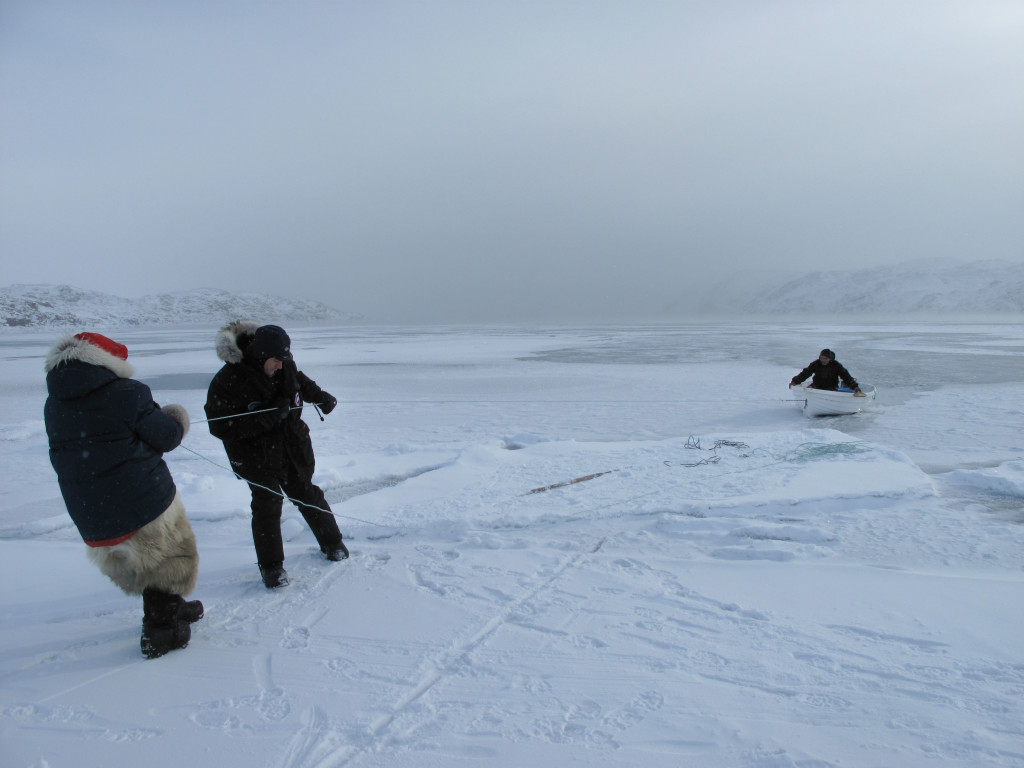
Coming back to the floe edge after an unsuccessful seal retrieval, which was impacted by the partially frozen floe edge.
Don’t: Stop at a Thesis/Dissertation/Manuscript
Technically this is the last step in your research process, but it is arguably the most important. You may be tempted to call it quits once you’ve submitted your final paper. Don’t. You could just email a PDF to relevant contacts (which is better than nothing), but I would encourage you to take it a few steps further. Whether that be a news article, blog post, radio interview, or booklet. Bonus points if it’s plain-language. Gold star if it’s translated.
Do you have your own tips for conducting community-based research in Nunavut? If so, we want to hear them! Please let us know in the comment section below.


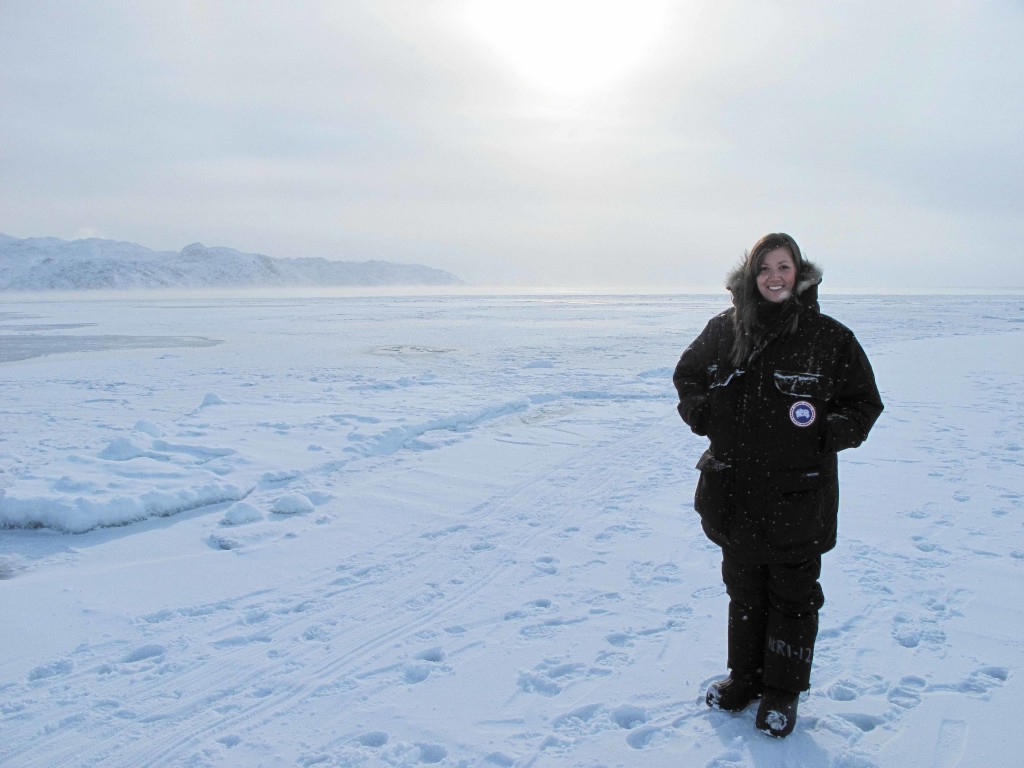
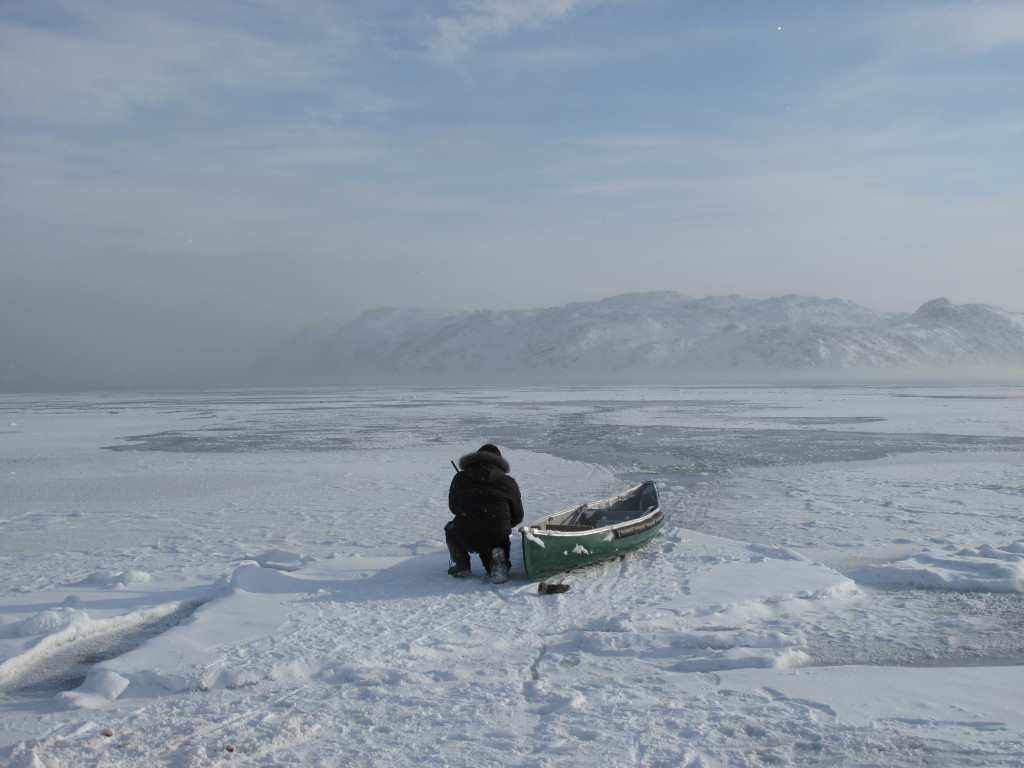
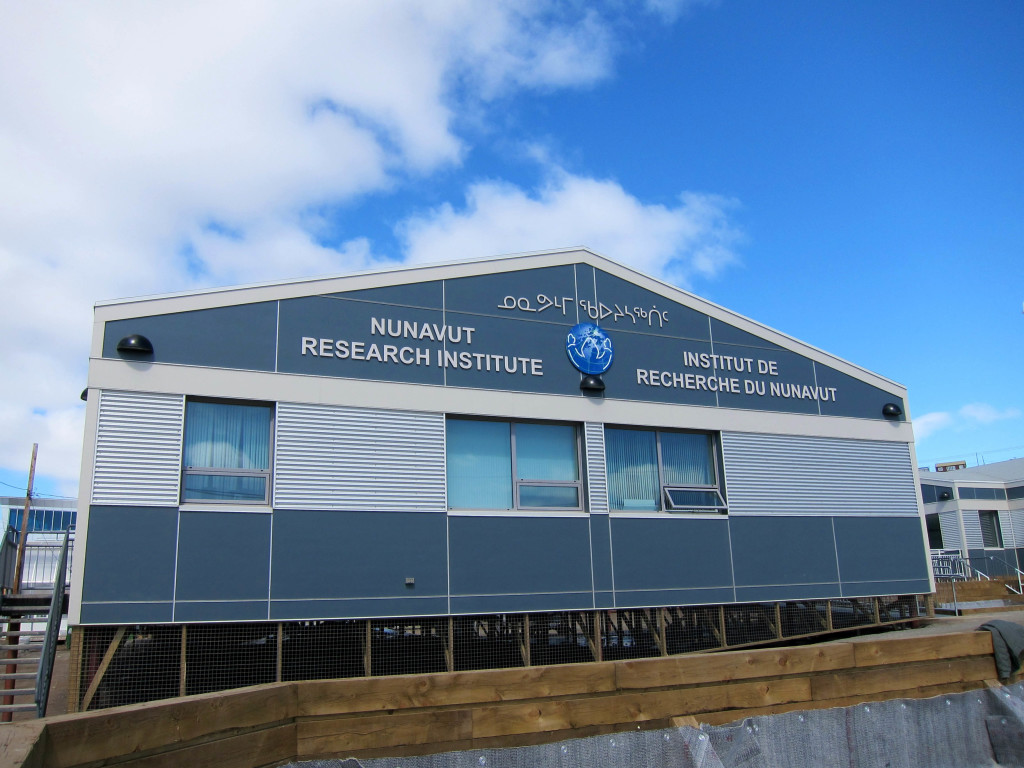


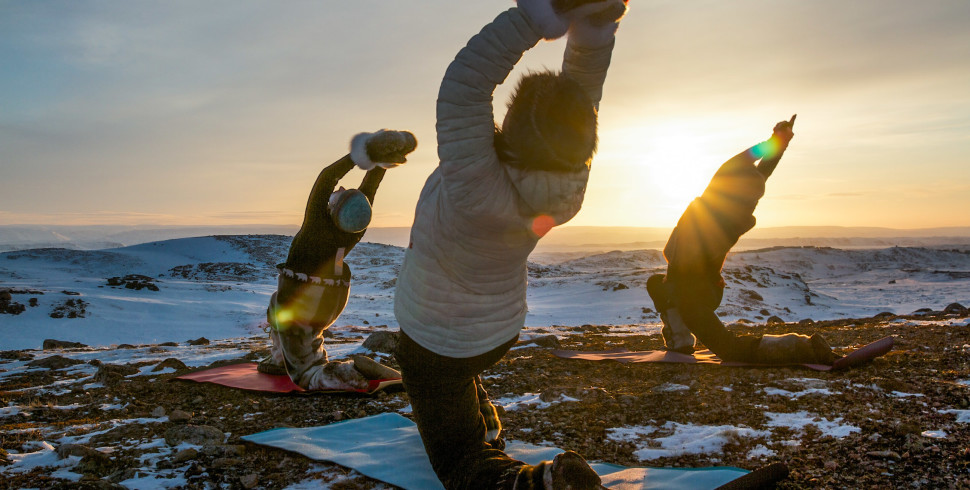
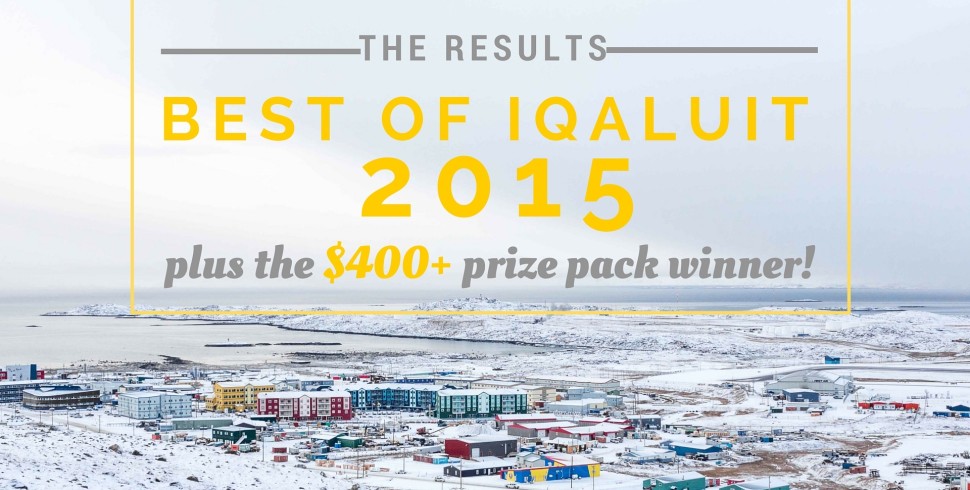
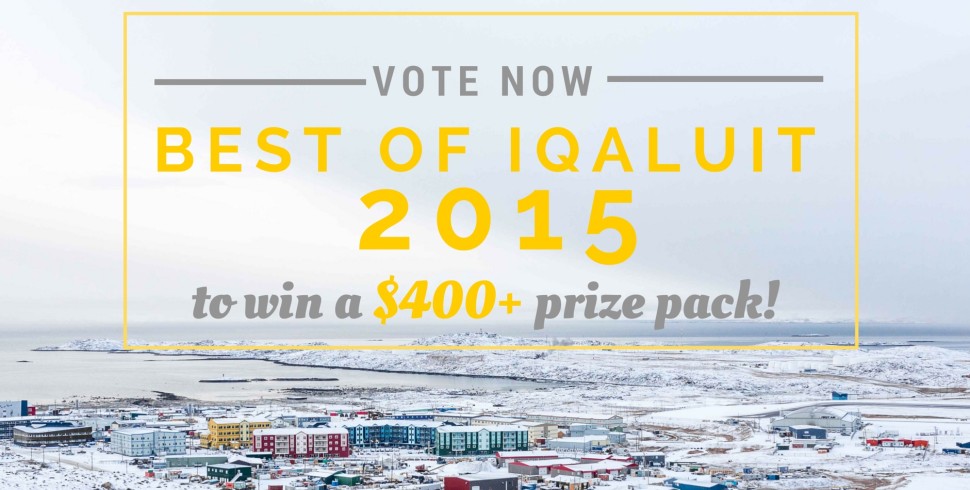
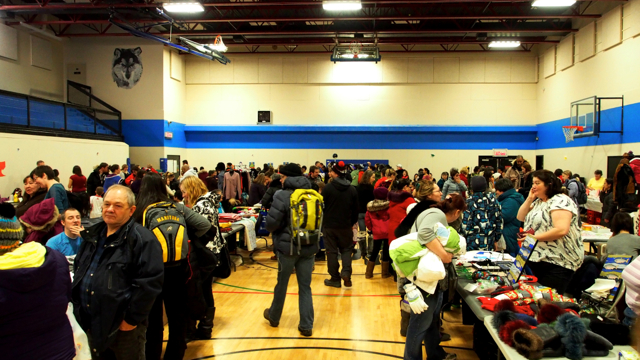
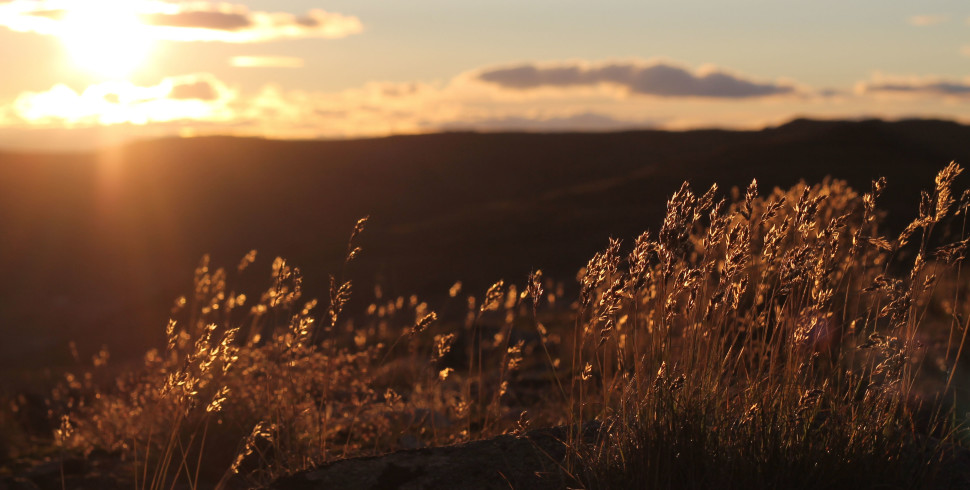

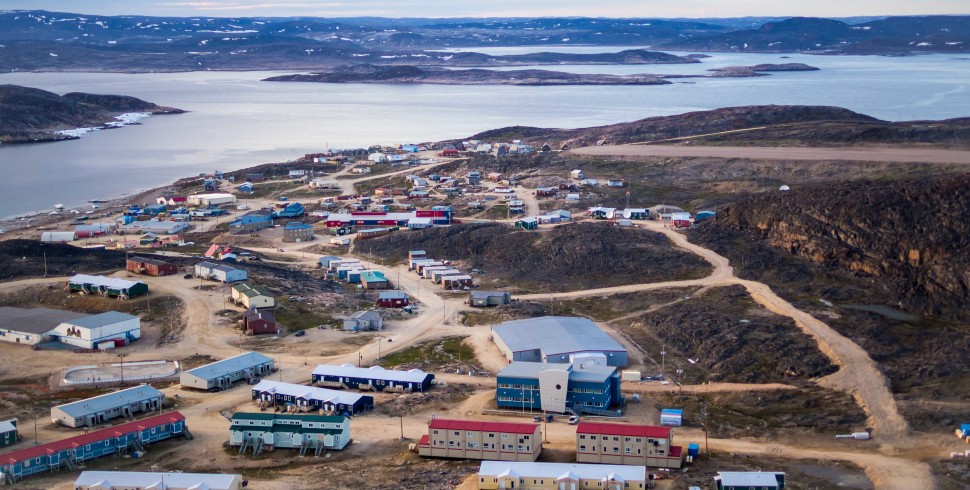




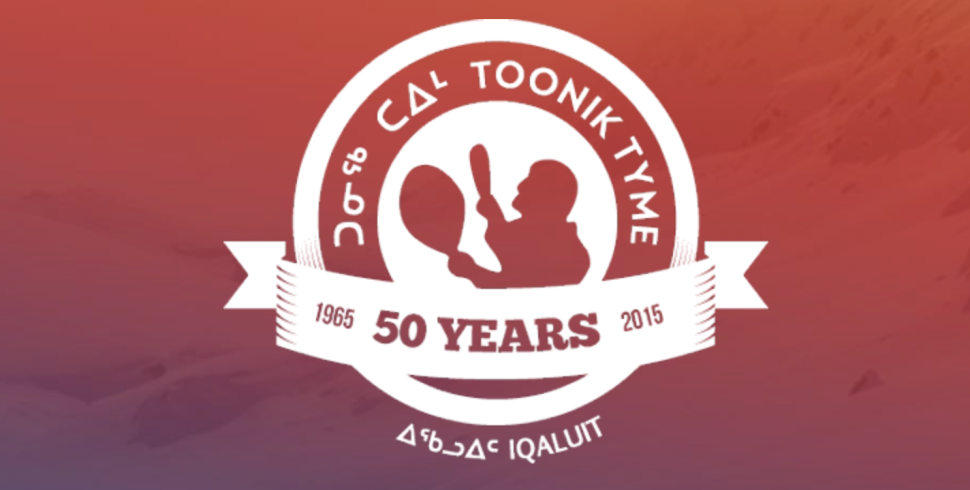


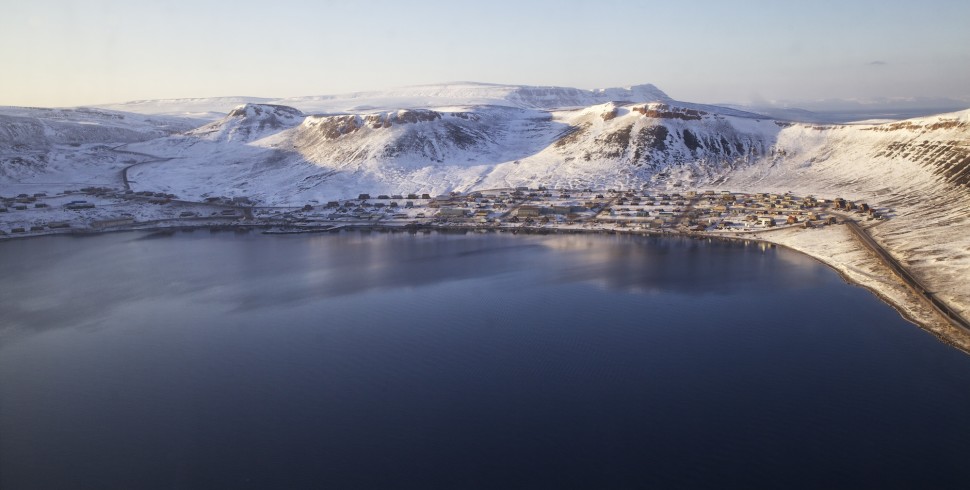
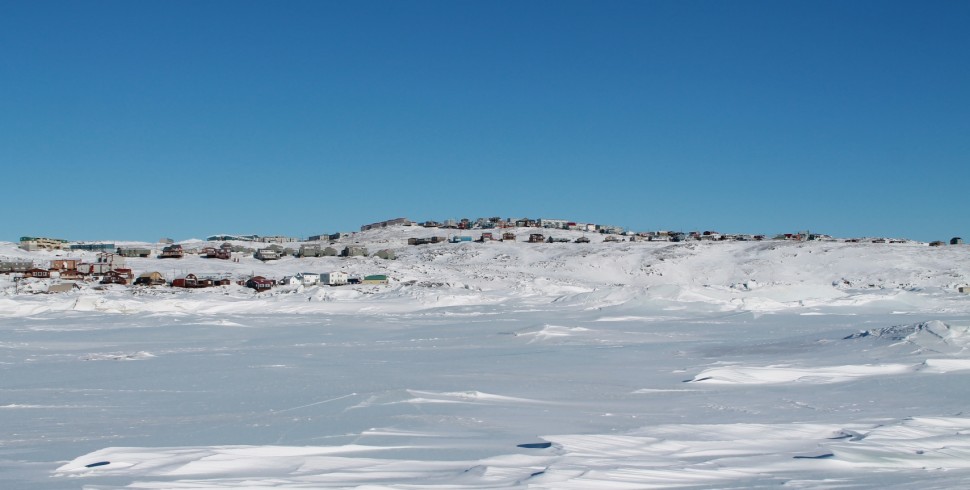
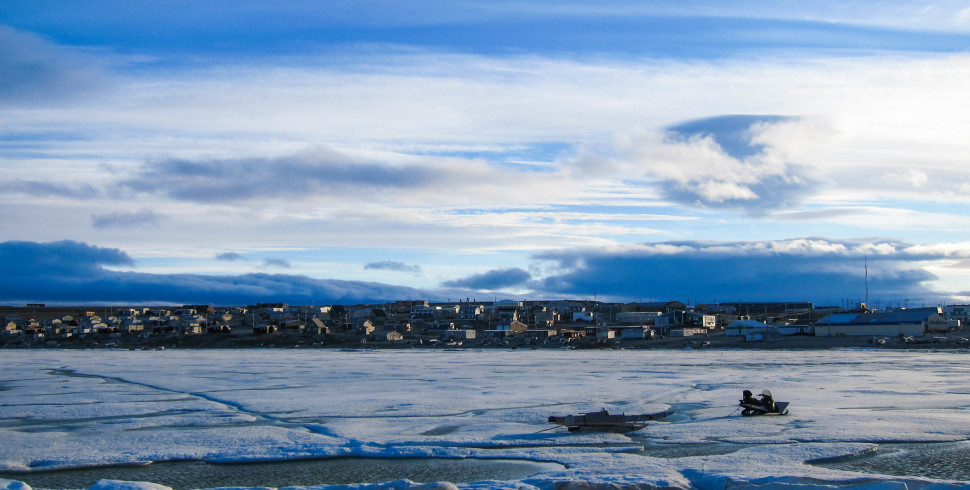

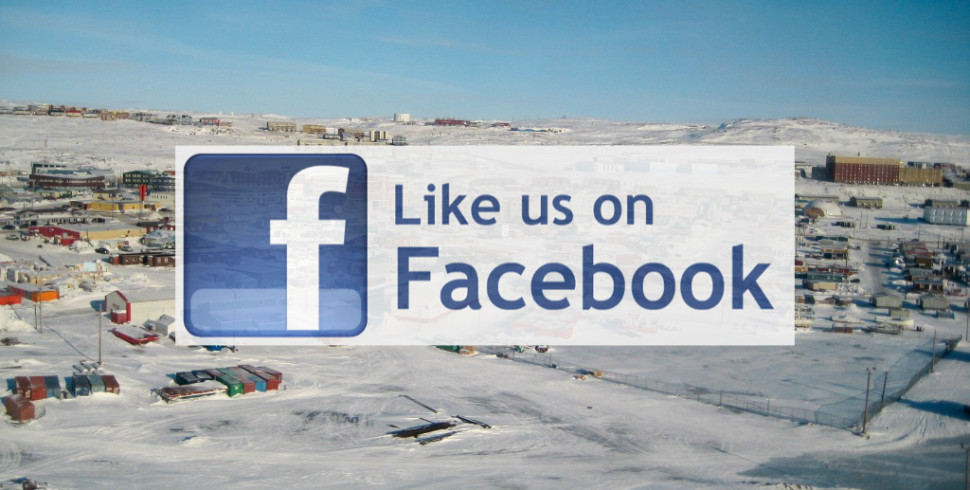


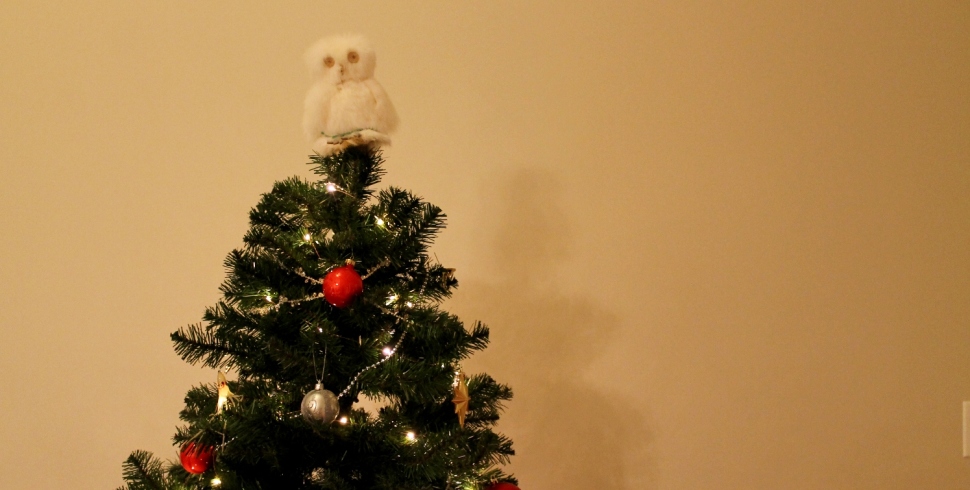



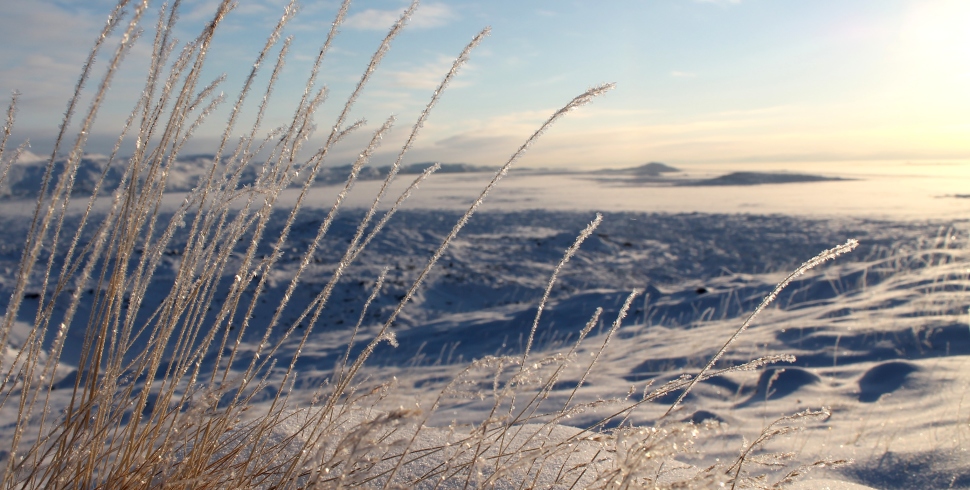


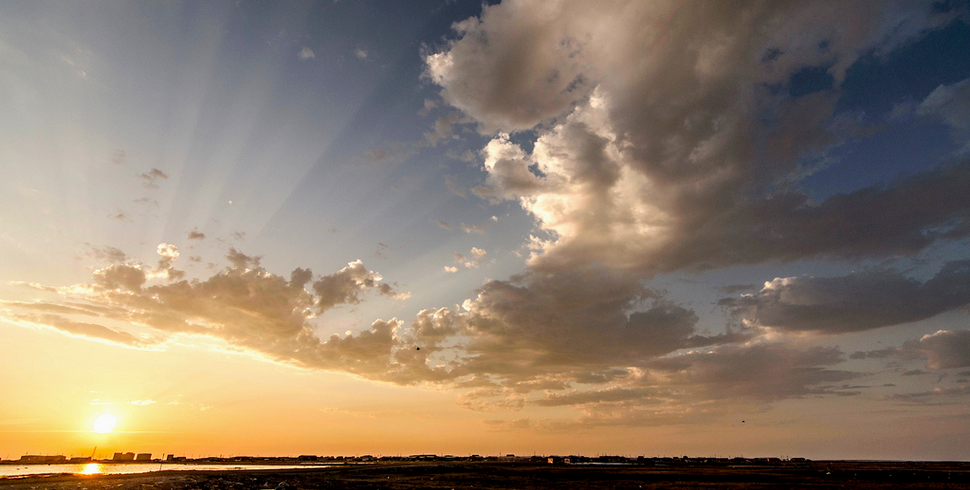


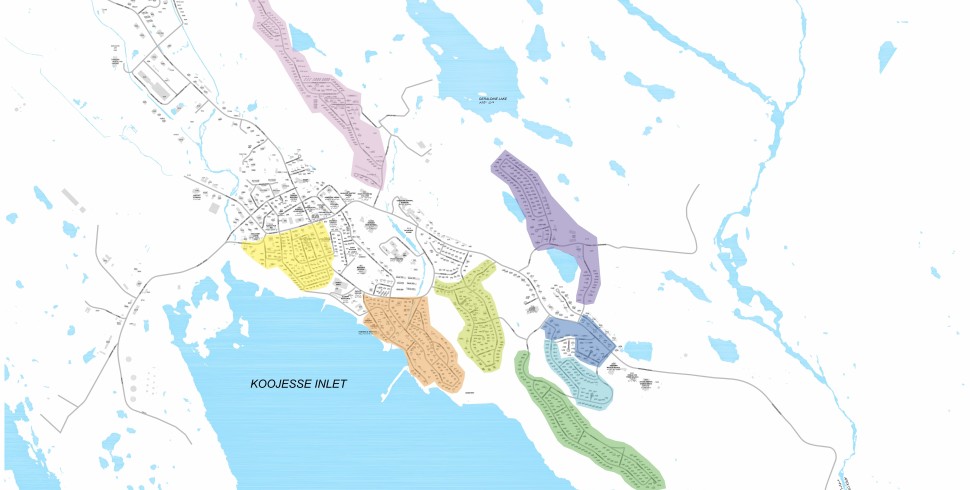
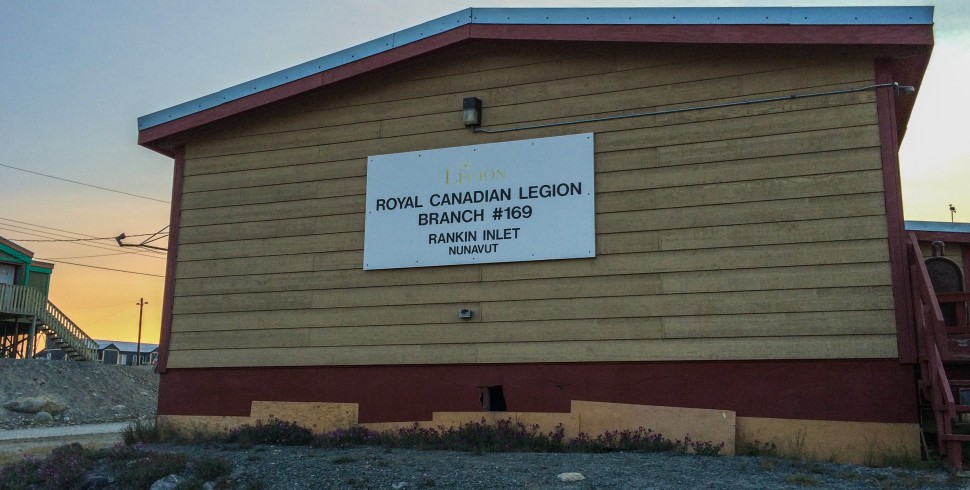
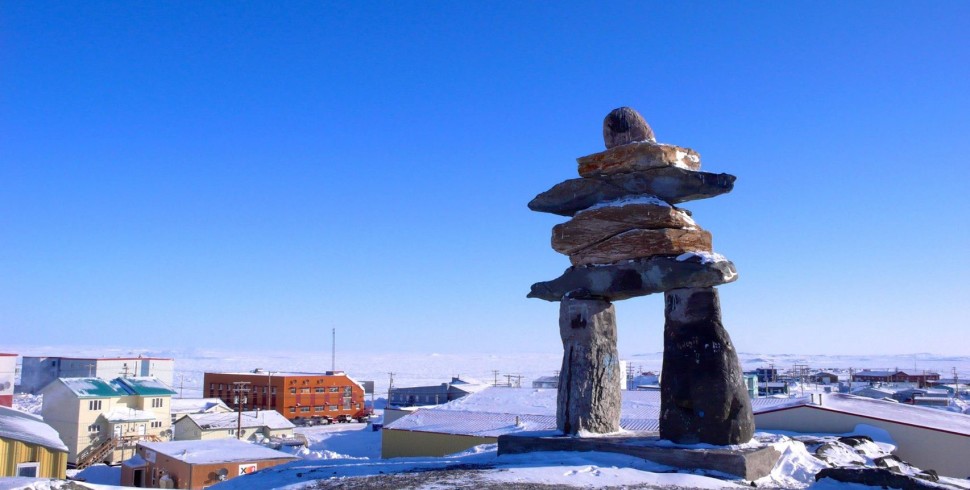

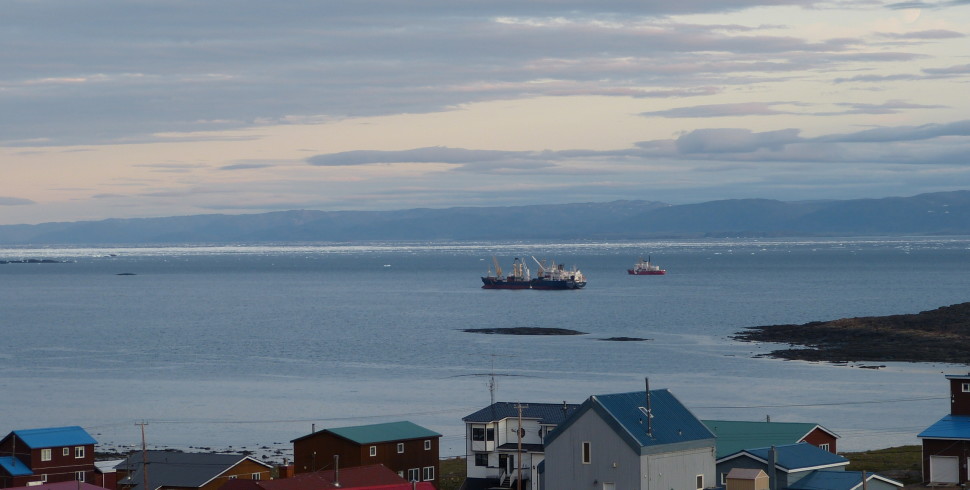

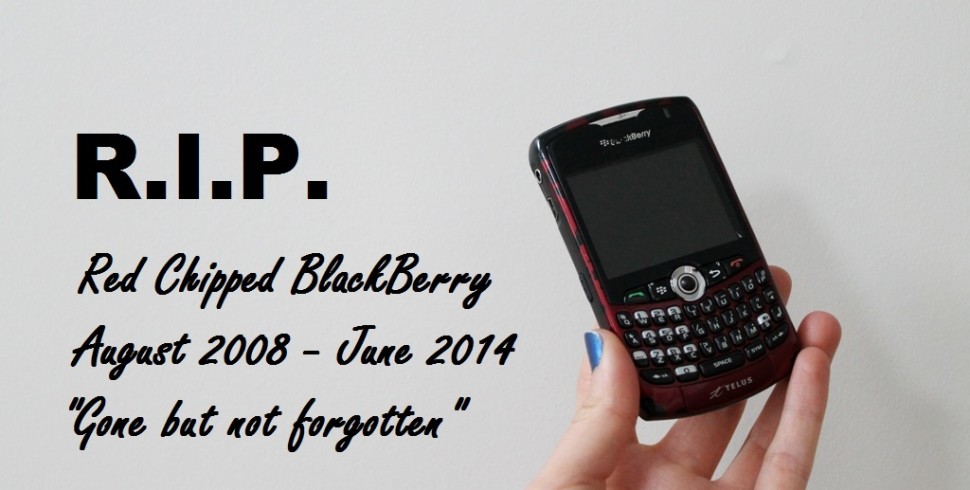
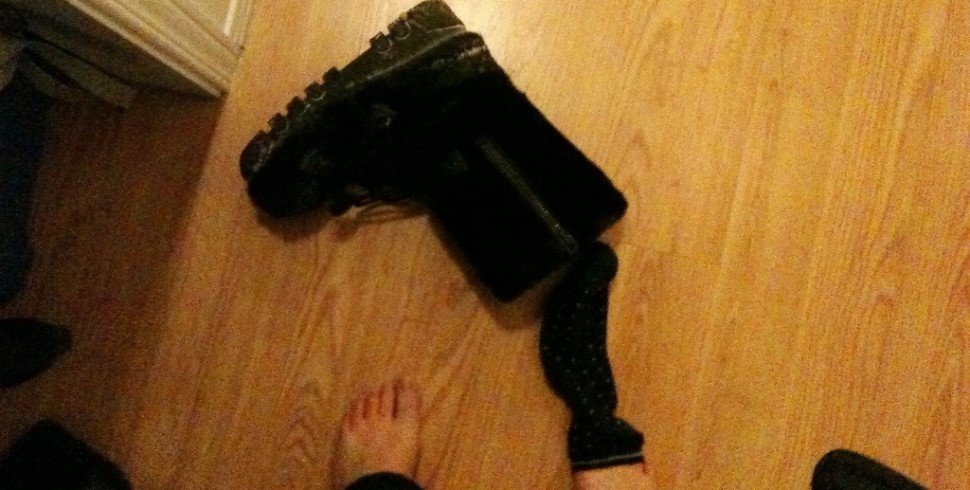
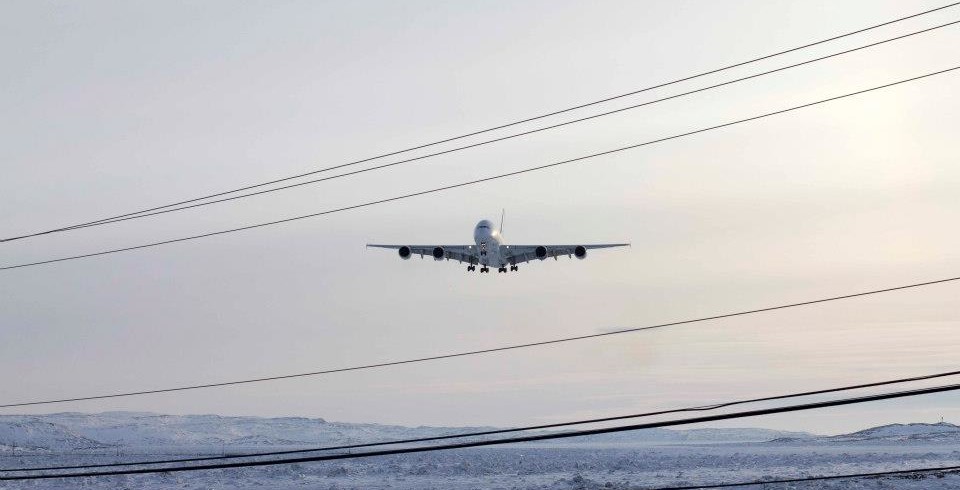


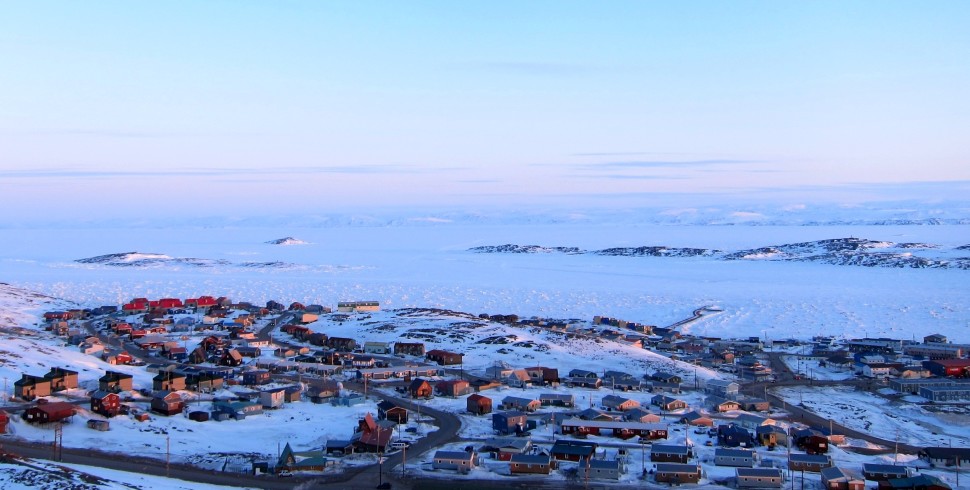
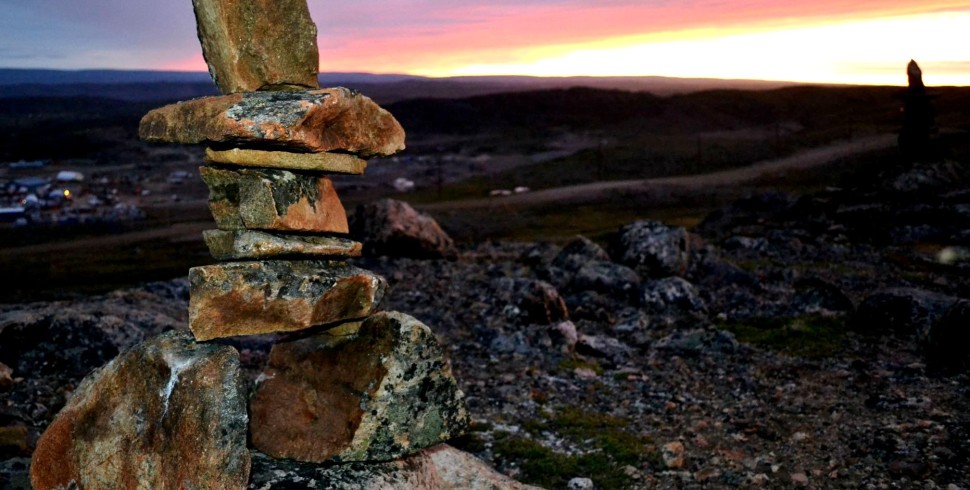
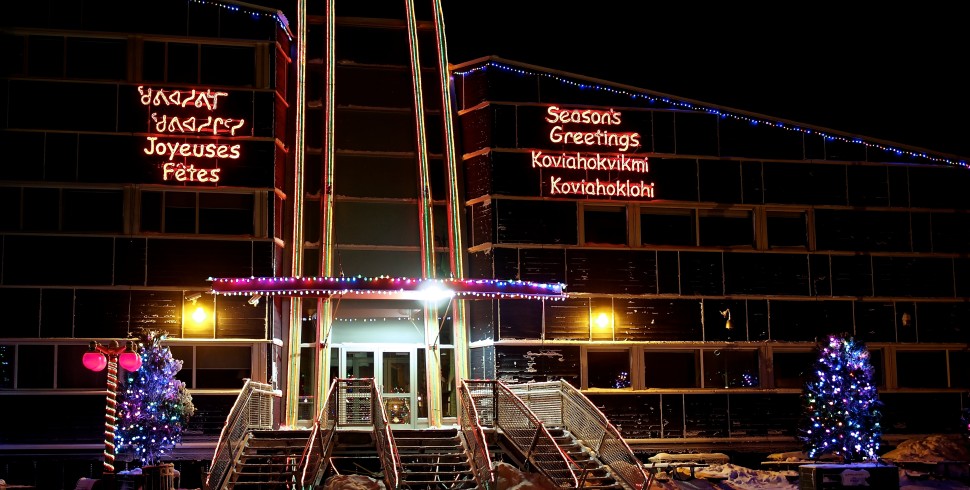
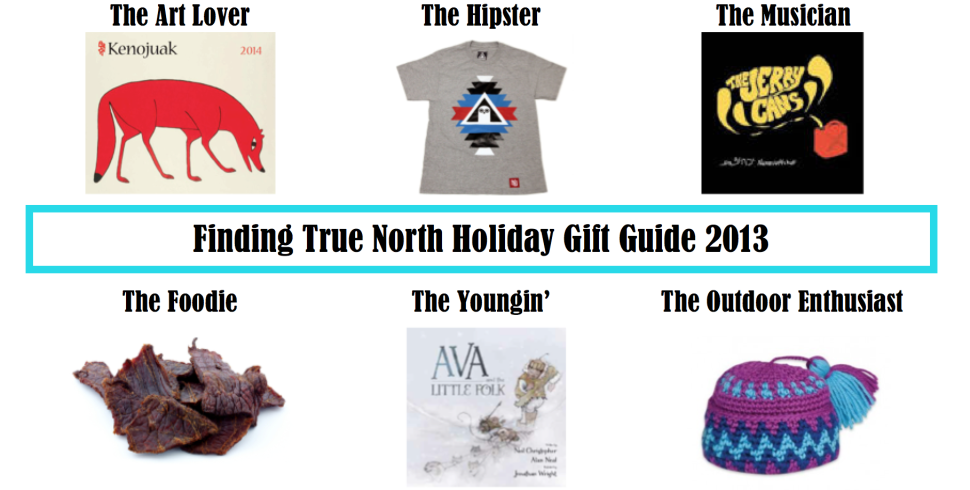
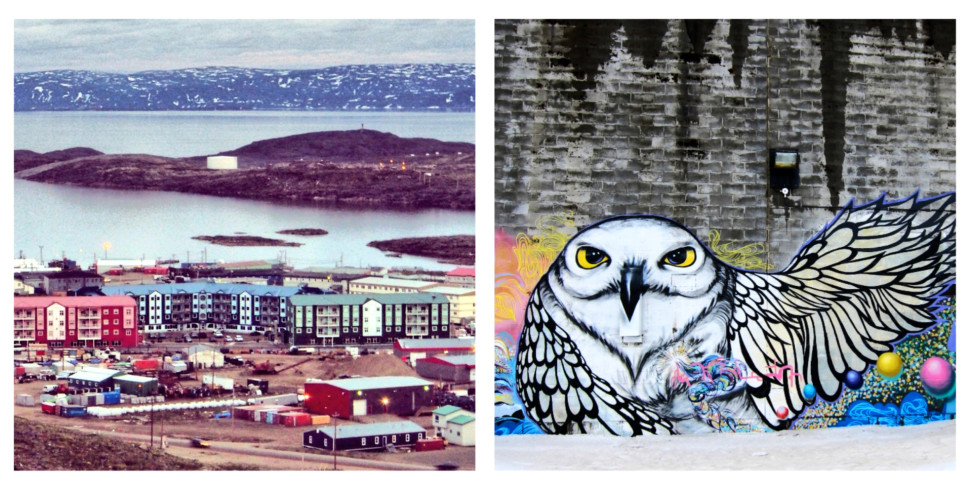
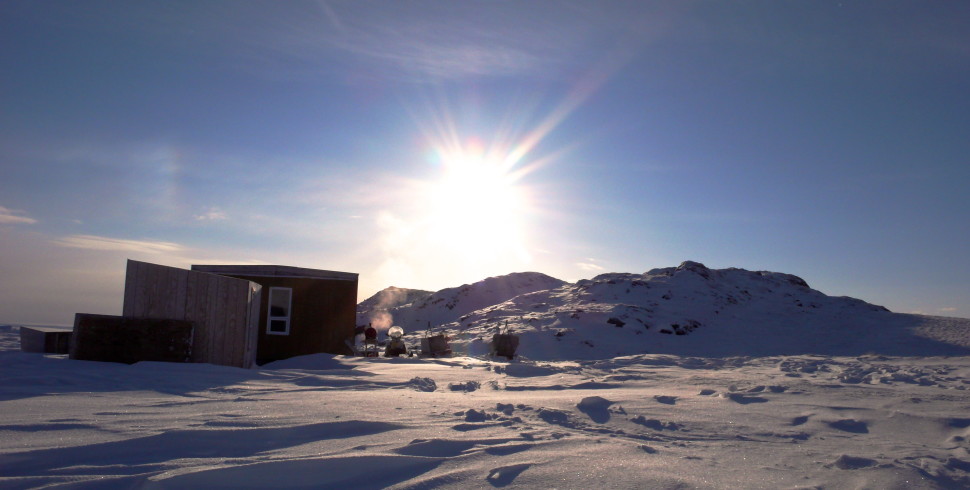

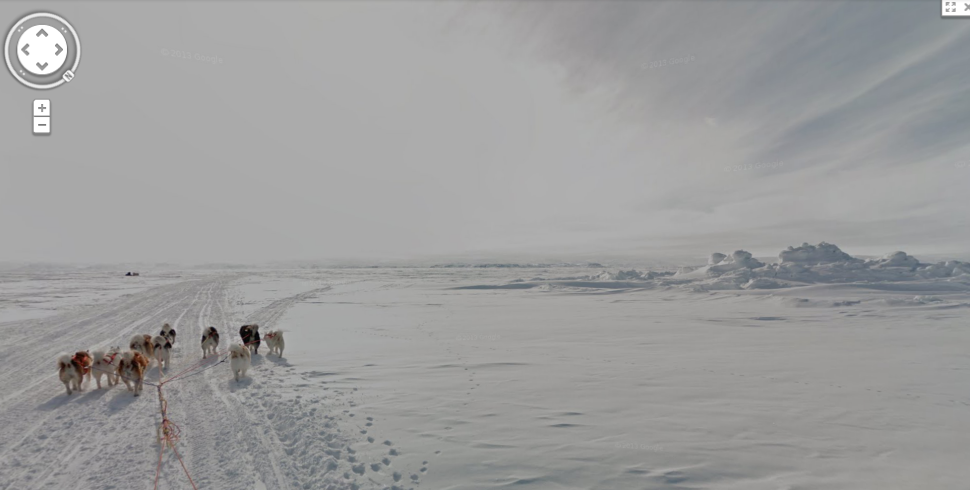
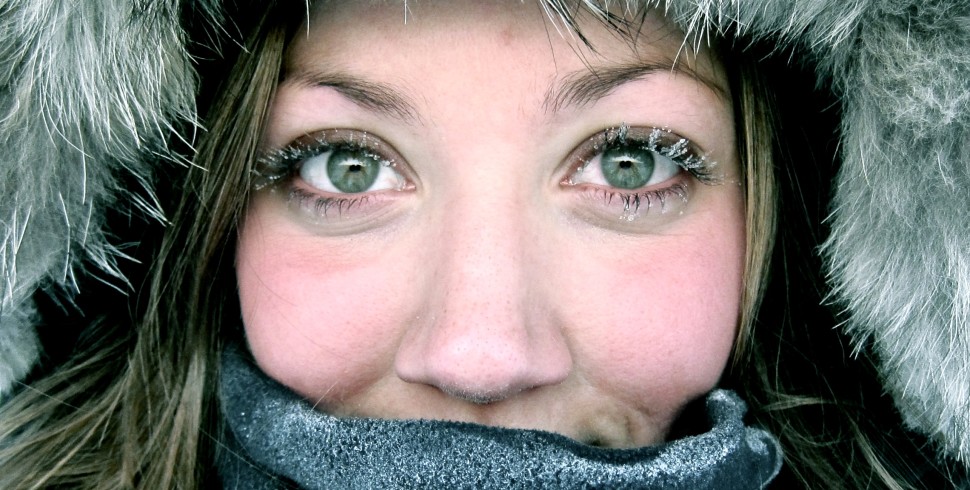
Duke: Practical and diplomatic. Not optional.
Thanks!
Sarah